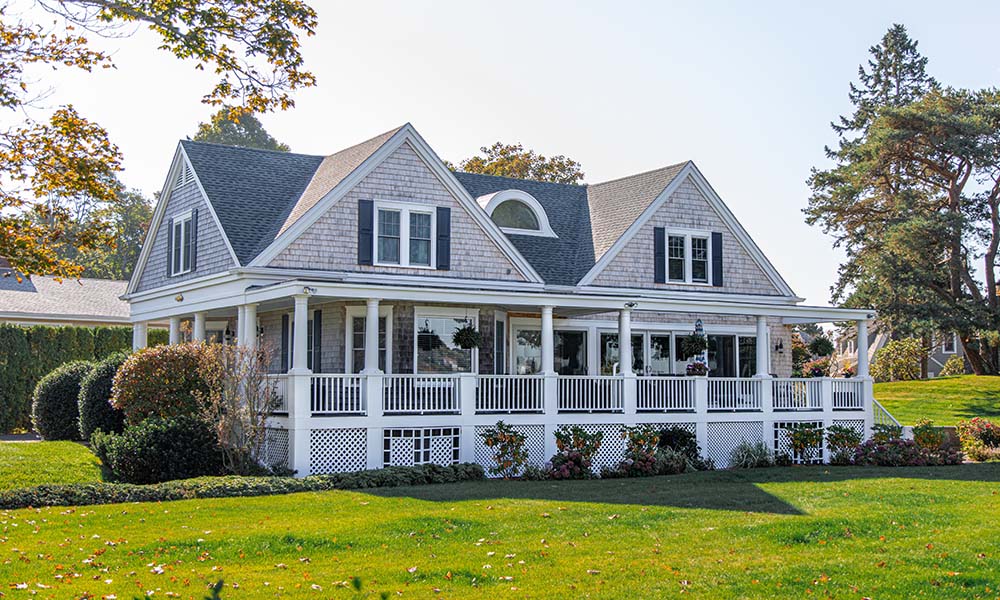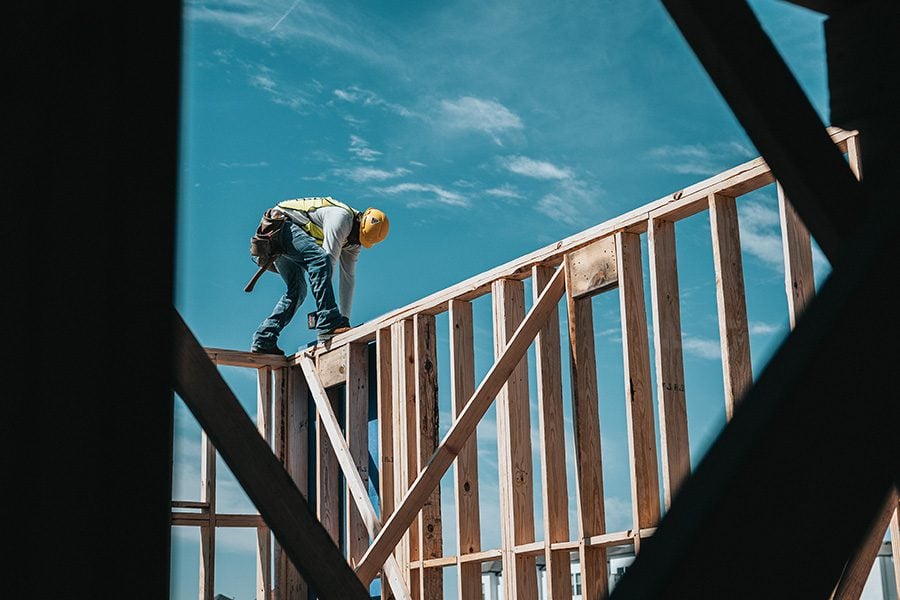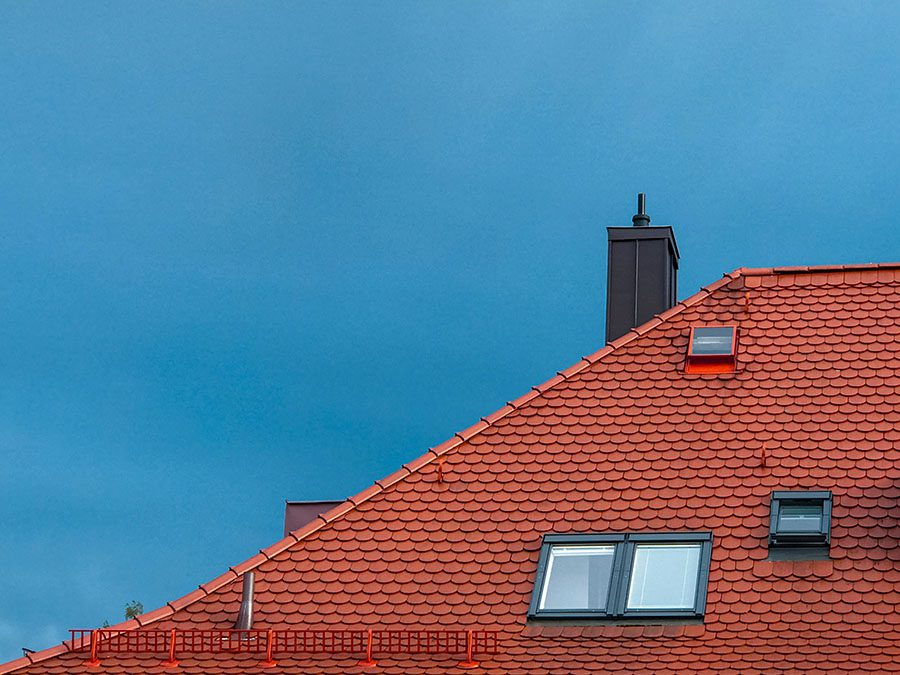6 Weather Resistant Building Materials to Protect Your Home
August 20th, 2021 | 3 min read
By Steven Ladd

A poorly built home made out of shoddy materials is a high risk to everyone involved. From the physical threat to those who own the house to the financial and legal risk of those who built it: this is something, you don’t want to take on.
Instead, every home must be built to last or updated later on with high-quality materials to improve longevity. Each of these materials can help homes weather any storm and should be considered for your next project.
1. Siding Built for More Than Aesthetics

Many people first think of color and texture when getting siding: but these are the least important parts. Instead, buyers should be looking at products that last longer and are of higher quality. Steel lap siding is a fantastic example of this because it ensures that water, moisture, insects, and mold are all trapped outside the building.
It’s still okay to get the aesthetically pleasing siding of your dreams, but do some research before letting aesthetics be your only guide into buying.
2. Framing That Won’t Let You Down.

The framing of a home is the most rudimentary part that can make or break a home. Unfortunately, many homes are still built without adequate support. Look for good concrete home framing if you want it to last. Self-healing concrete is a trend that’s becoming increasingly popular in house framing since it answers the one problem that concrete has: the fact that it cracks and can break. Although this product is still in the testing phases, good signs point towards this being a major construction tool within the next few years.
3. Quality Windows To Weather Any Storm
Windows may never be as sturdy as metal studs, they have to be clear glass, and unfortunately, that glass is at risk. In a strong enough storm, debris can be picked up and flung at speeds and strengths that are hard to stop. Therefore, quality storm windows are a must in any area that has to face storms often and are something that homeowners should invest in if they want their properties to survive.
This type of window can hold up against hurricanes or tornadoes as long as the house itself is capable of staying together.
4. Doors That Won’t Let The Weather Through
What good are stormproof windows if the doors let all of the rain and air in? Sealed composite wood with a metal coating can allow for noise dampening while also protecting the home’s interior from anything trying to get in. For personal security, a deadbolt is necessary to any front door and shouldn’t be looked over.
You can still have a cute front door that matches whatever look you’re trying to go for, but planning for the future is the only way to ensure your house can stand up against a storm.
5. Shingles That Are There To Stay

Shingles are fantastic because they keep the rain out, help insulate our homes, and can be styled to look however we want them to. Unfortunately, many people wait until the last second to update their roofs, which can jeopardize their entire home. It’s a good idea to change your roof once the age starts to show. With synthetic slate shingles, you can win more time. These are built to stay on stronger and longer and avoid any cracks or leaks from getting into the home.
6. Drainage and Gutters To Avoid Flooding
If your drainage and gutters get backed up in a storm, you’re leaving yourself open to ice building up on your roof and possible attic or basement flooding. Poorly maintained gutters allow debris, leaves, and branches to gather and form massive mounds of matter on the top. Over the winter, this can freeze solid and stop any other water or snow from sliding off the roof.
Instead, your heating bills will go up, and your roof’s health will go down. Clearing out your gutters, updating them, and installing gutter guards, will ensure your roof’s longevity and keep you from having to risk this large disaster.
A caved-in attic or roof can cost tens of thousands of dollars to fix: don’t put yourself in that situation.
Our Homes Are Only As Safe as We Build Them
Although we like to think of our homes as our safe havens, it’s not uncommon for these places to be incredibly dangerous if we’re not careful. Instead of trying to cut corners or costs, be sure to follow each of these tips to help your home last for longer and fight back against harsh weather.
Roger Marx is a contributor to the Innovative Building Materials blog. He is a content writer for the construction and home improvement industries with an interest in landscaping, outdoor remodeling, and home renovation. Roger is focused on educating homeowners, contractors, and architects on innovative materials and methods of construction that increase property value and improve sustainability.
.png?width=207&height=55&name=Horan_Logo%20Transparent%20No%20Tagline%20(2).png)